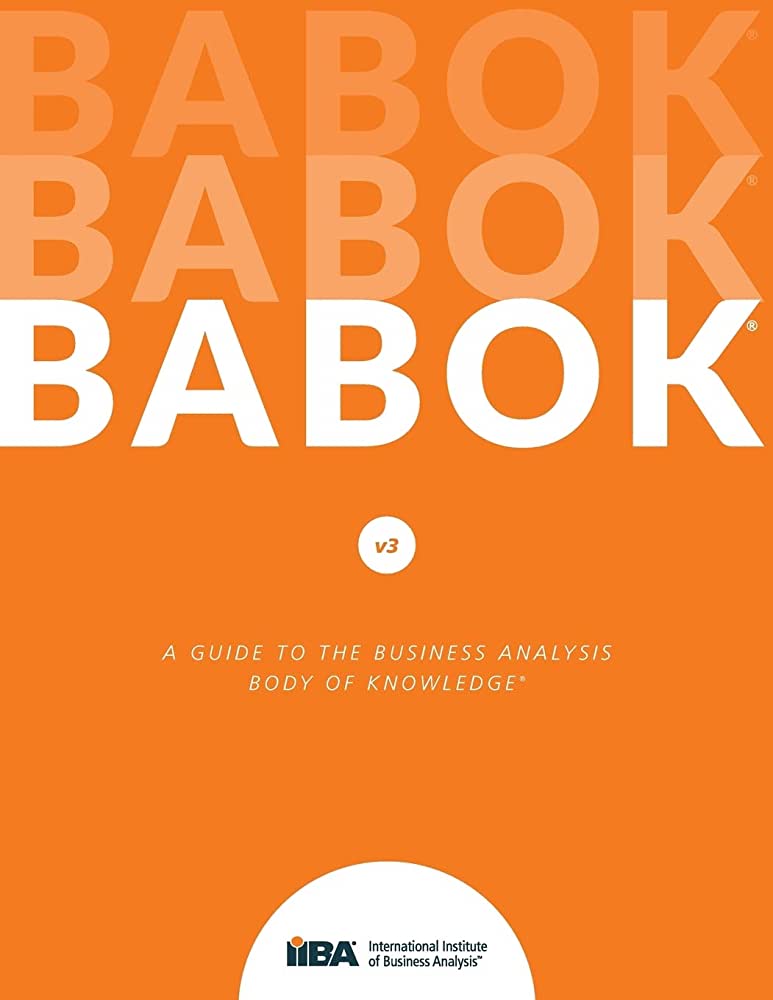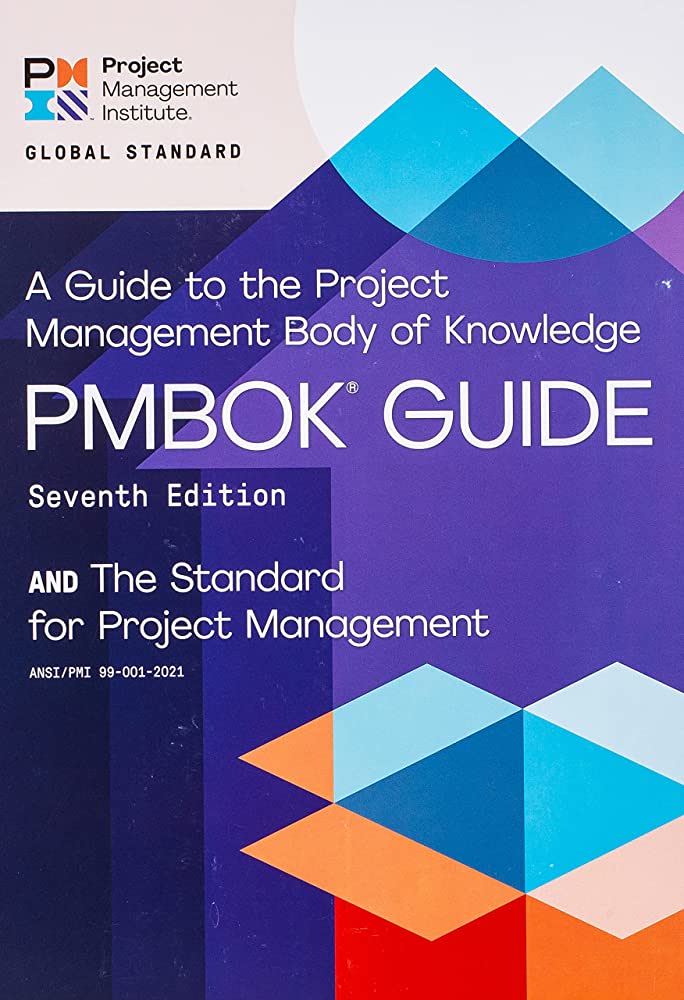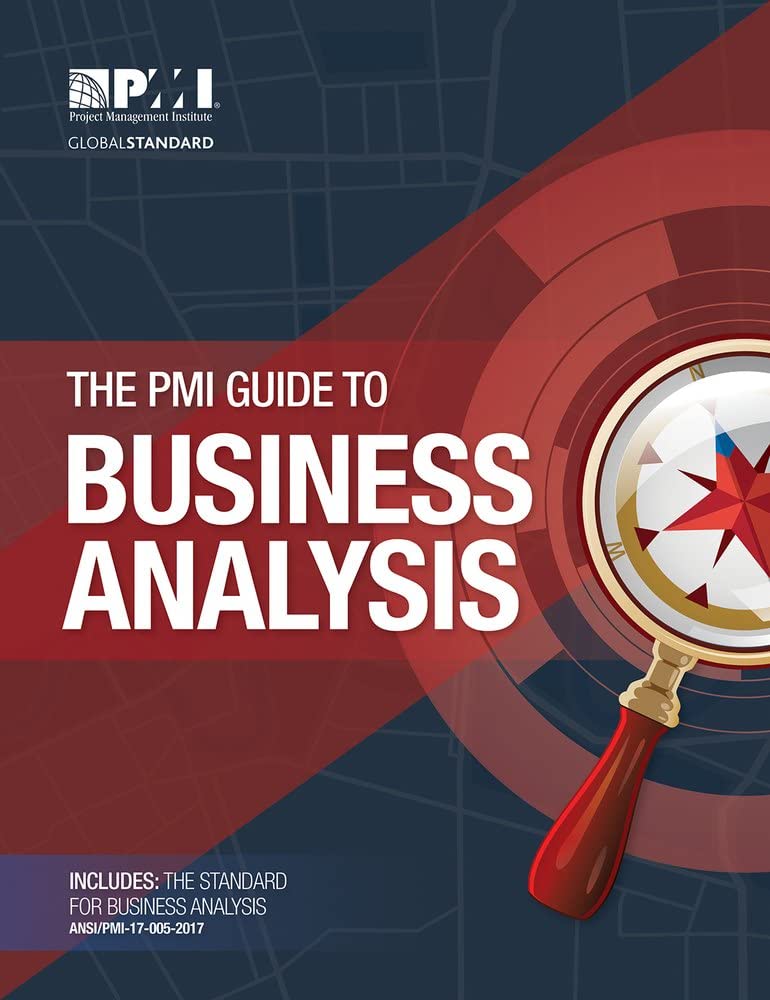With more than 174,727 business analysts in the United States alone, there’s bound to be a plethora of opinions about how to analyze operations and steer companies toward success. In some ways, PMI, BABOK, and PMBOK unite many of the best practices that analysts have found successful — putting them into guides that any analyst can gain access to.
Even though these guides have similar high-level purposes and share some techniques, they still possess key differences. Studying why and how they differ can make it easier to choose the best one for you or your organization.
On this page:
- BABOK Guide Explained
- PMBOK Guide Explained
- PMI Guide to Business Analysis Explained
- BABOK vs PMBOK vs PMI Guide to BA: Differences
- Summary
BABOK Guide Explained

BABOK stands for Business Analysis Body of Knowledge. It consists of a collection of best practices and frameworks that analysts can use to deliver for their companies and clients. It serves as an actionable guide, providing direction when it comes to the skills and techniques an analyst needs to use and what they need to know. The International Institute of Business Analysis (IIBA) Canada publishes the BABOK guide.
BABOK consists of six domains, known as knowledge areas, that are further broken down into individual tasks. The six knowledge areas are:
- Business analysis (BA) Planning and Monitoring
- Elicitation and Collaboration
- Requirements Life Cycle Management
- Strategy Analysis
- Requirements Analysis & Design Definition
- Solution Evaluation
PMBOK Guide Explained

PMBOK stands for Project Management Body of Knowledge and contains best practices, frameworks, processes, and terminology for guiding effective project management. It’s produced by the Project Management Institute (PMI).
While BABOK focuses on general business analysis and frameworks, PMBOK relies on project management principles and practices. It breaks down the primary components of a project into inputs, outputs, tools, and techniques. The guide then categorizes project management processes into five different groups:
- Initiating
- Planning
- Executing
- Monitoring and controlling
- Closing
PMBOK defines 10 knowledge areas and references these throughout its discussion of the process groups, frameworks, and tasks, including:
- Project Integration Management
- Project Scope Management
- Project Schedule Management
- Project Cost Management
- Project Quality Management
- Project Resource Management
- Project Communications Management
- Project Risk Management
- Project Procurement Management
- Project Stakeholder Management
PMI Guide to Business Analysis Explained

The PMI Guide to Business Analysis consists of standards, processes, practices, and guidelines generated by experienced business analysts regarding tasks they need to execute to fulfill that role. It’s designed to help business owners analyze, improve, and grow their businesses using specific tools.
This guide focuses on helping people understand how to work with stakeholders toward common goals and determining and documenting the business’s requirements. It also has directions regarding how to manage business requirements over time.
BABOK vs. PMBOK vs. PMI Guide to BA: Differences
While all three guides are effective tools for business analysts and leaders, they have some distinct differences, especially when it comes to the processes and practices they deal with.
The BABOK Guide serves as a more comprehensive resource for business analysis that can fit the needs of any business analyst, regardless of the scope of their responsibilities. Its six knowledge areas, accompanied by 50 techniques and tasks, are a good fit for anyone working within the business analysis sphere, including those who are only taking on the role temporarily as part of an improvement process to revamp internal practices.
On the other hand, the PMBOK, as a business analysis tool, has a far more focused target audience. It’s designed for project managers, whose responsibilities often overlap with those of an analyst but differ significantly. To meet these needs, PMBOK has specific techniques and practices for project managers. For instance, it comes with a communications management plan template that breaks down tasks you can use to communicate effectively depending on the stakeholders involved, the information you need to convey, how to get it across, how often, and other factors. Therefore, if you wanted a collection of tools, techniques, and tasks for project managers, you may want to gravitate more toward PMBOK.
The PMI Guide to Business Analysis is different from both BABOK and PMBOK in that its processes focus more on what to do on a project level. It gives you insights regarding how to maneuver challenges specific to different kinds of projects. It also has some overlap between BABOK and PMBOK when it comes to high-level analysis and management, such as setting appropriate standards for employees. However, it turns its attention more toward helping analysts address project-related issues and providing them with techniques as they intersect with the business’s requirements.
Summary
BABOK, PMBOK, and PMI offer value for business analysts, but they’re distinct tools, each designed for a different purpose. BABOK provides a wide scope of business analysis techniques, PMBOK focuses more on project management, and PMI guides you through analysis from the perspective of projects.

 New Horizons
New Horizons
 Project Management Academy
Project Management Academy
 Six Sigma Online
Six Sigma Online
 Velopi
Velopi
 Watermark Learning
Watermark Learning
 Login
Login




 New Horizons
New Horizons
 Project Management Academy
Project Management Academy
 Velopi
Velopi
 Six Sigma Online
Six Sigma Online
 Watermark Learning
Watermark Learning